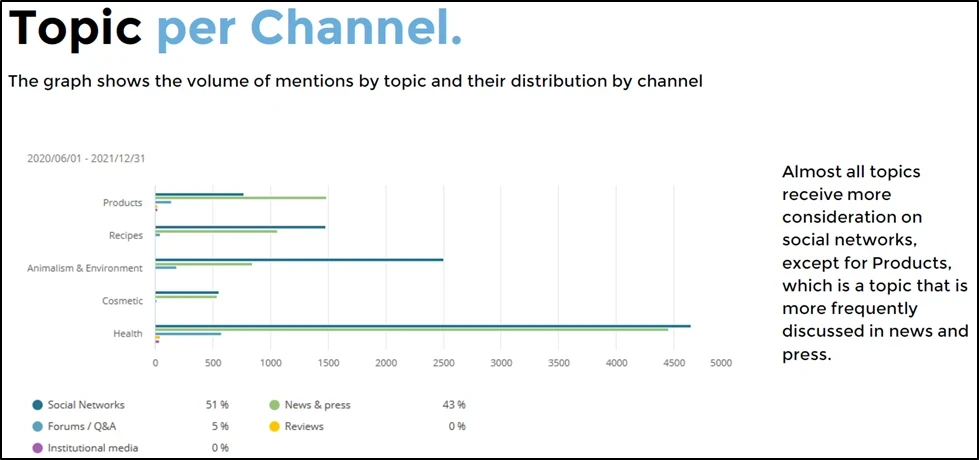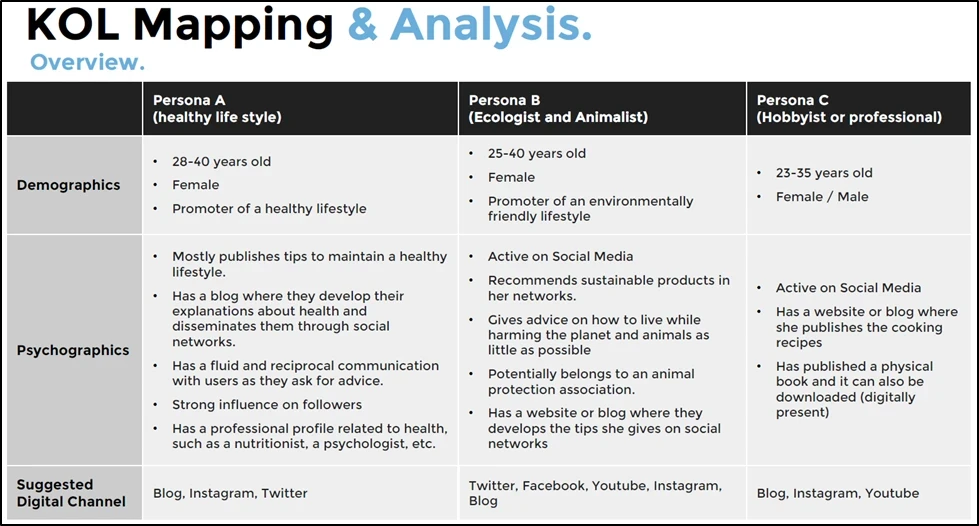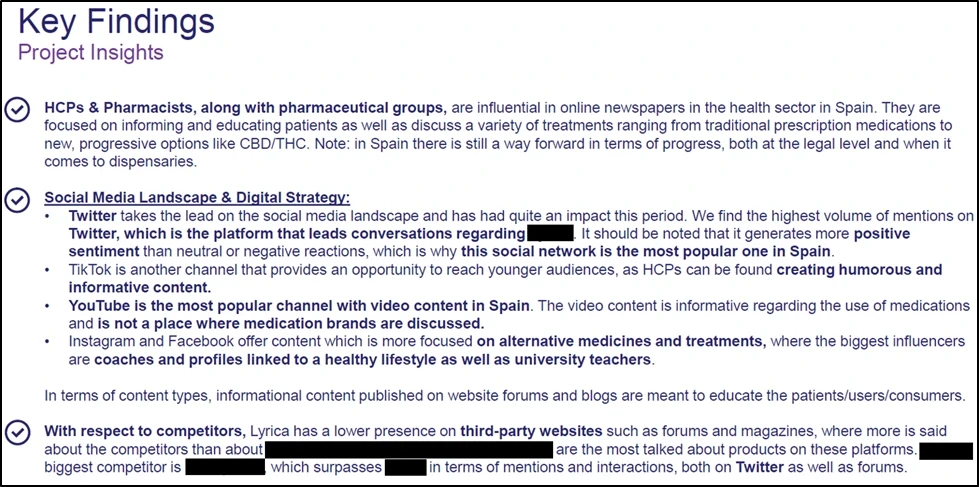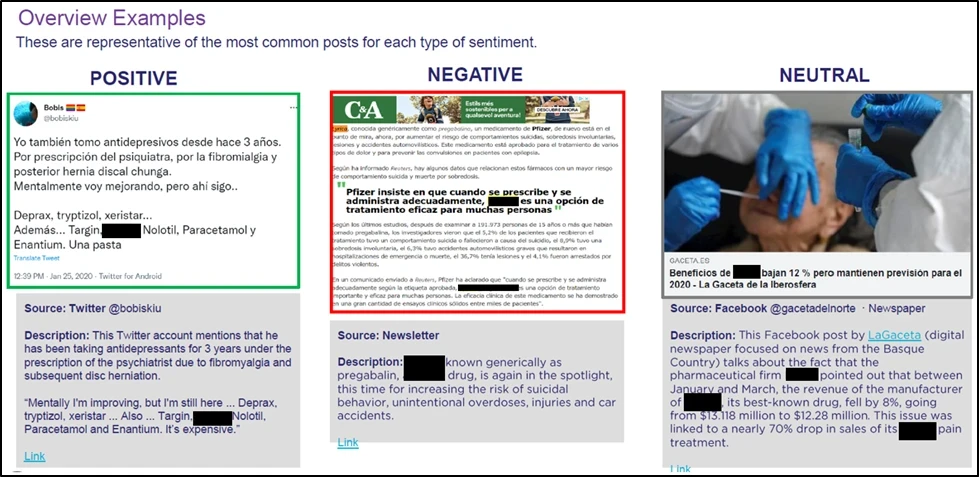What Do You Need to Know About Digital Marketing For Life Sciences in 2022?

There have been many consequences and unexpected changes for marketers since the start of the COVID-19 pandemic. One of them (especially in the life sciences arena) is the concept of forced innovation. As an industry, life sciences had traditionally been slow to embrace a fully integrated digital marketing strategy. Of course, the pandemic has forced the acceleration of this embrace. A recent study showed that potential patient populations will look online for information prior to engaging a healthcare professional or organization; an effective digital marketing strategy can help you reach those patients.
As life sciences marketers navigate this landscape, there are some fundamental elements that are critical to digital marketing success. These elements include:
- Understanding your audience
- Embracing an omnichannel approach
- Developing a strong content plan
- Utilizing first-party data
Let’s take a look at these elements in more detail:
Understand your audiences
Whether you are trying to reach patient populations or HCPs, the most important step is understanding your audience. Audience targeting has been an essential part of marketing strategies as long as marketing has existed. If you understand your target audiences and their online journeys, you will better know where they spend time online, what information they are seeking, what motivates them to action, what content they relate to, and what social media platforms are most important.
There are many tools that marketers can utilize to gain better insight into their audiences. More and more, life sciences digital markers are using social listening as a preferred option, and it is easy to see why. Effective social listening projects can give incredible insight into customer needs and improve the overall audience experience. Specific items that you should expect from social listening include:
- Market-specific analysis
- Market trend analysis
- Mapping the patient digital journey
- Understanding the tone and language for specific populations
- Overall brand analysis
- Developing best practices in terms of market-specific messaging and language
- Identifying relevant Key Opinion Leaders, (KOLs) for both HCPs and patient populations
Below are some examples of insights from a social listening exercise:
Mentions by channel and category provide direction for content strategy and focus

KOL mapping that leverages social listening insights to help refine overall KOL strategies for maximum reach and engagement

Platform-specific insights

Examples from real social posts to demonstrate positive/negative/neutral sentiments within the market

Omni-channel Approach

The concept of an omnichannel approach is not a new one, but it is one that gets overlooked frequently. While it’s tempting to focus on traditional bottom-of-the-funnel tactics, (paid social, display, and paid search), it is critical to be where your potential patient population, or HCPs, are online at every step of the journey. An effective omnichannel approach should include paid media, SEO, content, video, email, and more.
Along the online patient or HCP journey, there are multiple opportunities for a marketer to interact with their audiences. These opportunities are known as touch points. On average, potential patient populations require 28 to 63 touch points prior to interacting or engaging with a company. These touchpoints could include visits to the website, seeing a paid social ad, reading a blog, etc. It is because of the amount of required touchpoints that frequency is an important factor when developing an omnichannel strategy.
Digital marketing efforts should complement all offline messaging. Messaging and images should be universal across both online and offline channels. As the potential patient population interacts with the brand, consistent messaging and images will help create a stronger level of trust.
Develop a strong content plan that is centered on what is most important to your audiences
Content is going to be a critical element to not just SEO but also the overall digital strategy. Perhaps the most overused cliché in digital marketing is “content is king.” It is probably more accurate to say, “content that is important to your audience is king.” The concept of content for content’s sake is a dead strategy.
It is important to provide content that is relevant for these audiences that both educates and effectively conveys the brand’s story. A strong content strategy includes content that answers the audiences’ questions before they have an opportunity to engage you. Marketers can rely on sound initial market research to help identify these topics and themes that are important to their audiences.
One trend that has grown within life sciences is the use of video. In 2022, 82% of consumer internet traffic will be made up of online video consumption, and sites that have a video see an estimated 80% higher conversion rate than those that do not. Statistics aside, video is an incredibly powerful tool to convey a story to an audience, as well as connect with them.
Shift to utilizing first-party data
Third-party cookies, which you have undoubtedly heard of by now, will soon be a thing of the past. Google originally said that its Chrome browser would no longer support third-party cookies beginning in 2022, but they recently pushed that date back to 2023. This is not a pardon for marketers using third-party cookies, but simply a delay.
First-party data can be the most valuable data that a marketer collects. This is because this data is coming directly from the source—it is the most accurate and is coming from the marketer’s ideal audience: their own! This data can be collected by the marketer’s website, apps, analytics platforms, and social media platforms, and can build on the information that you have from your existing CRM.
This refocus on first-party data should renew the importance of a life sciences marketer’s CRM. This treasure chest will be able to give incredible insight into how to reach potential patient populations online with highly targeted ads, as well as the opportunity reengage an audience that has already demonstrated interest. Ensuring your CRM has the most robust information and is as clean as possible will be critical.
There are many more elements that make a digital marketing strategy effective for life sciences companies. It is an ever-evolving landscape that requires diligence, dedication to data, and adaptability. If you would like to discuss your strategy with our team of experts, please feel free to reach out.
